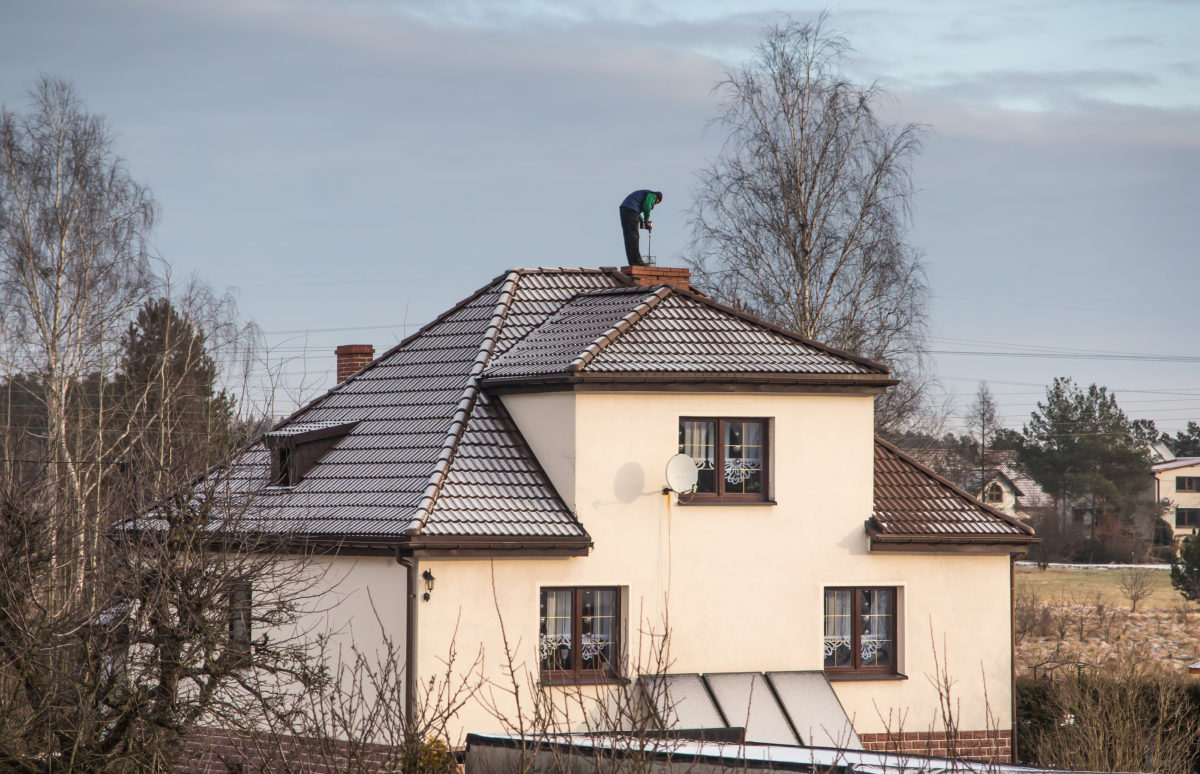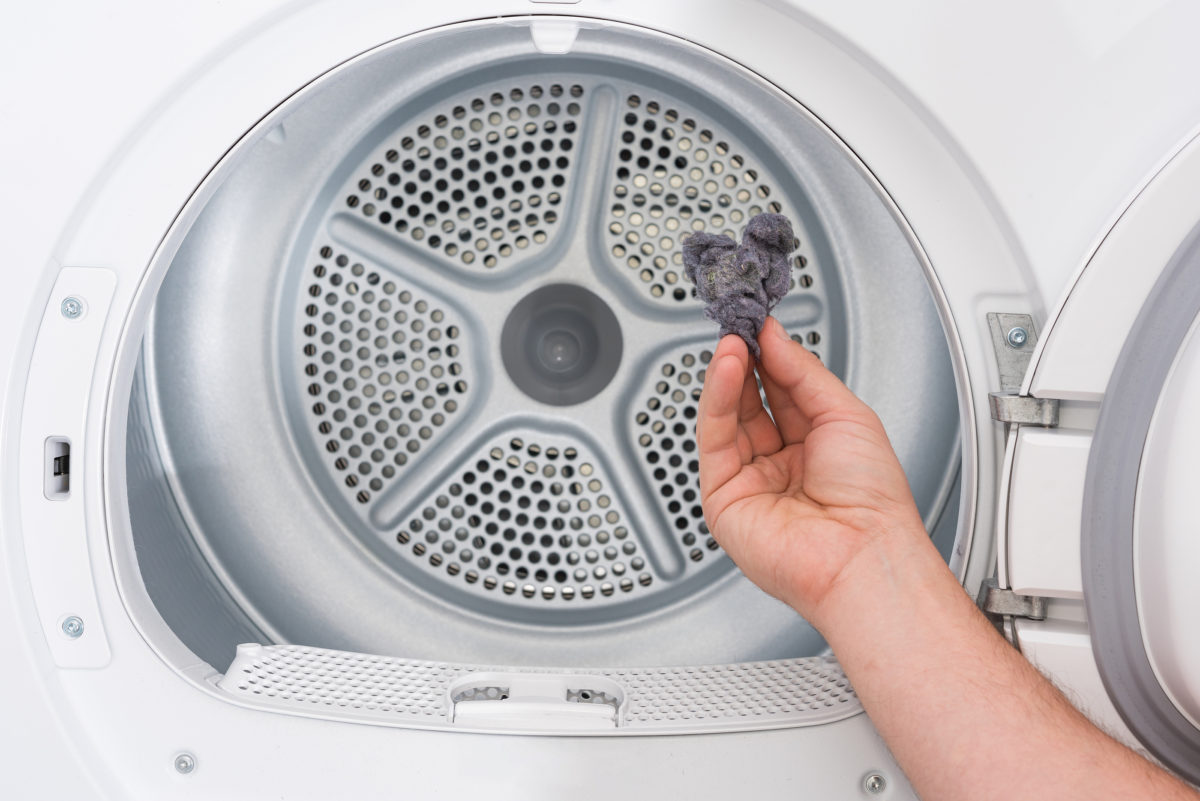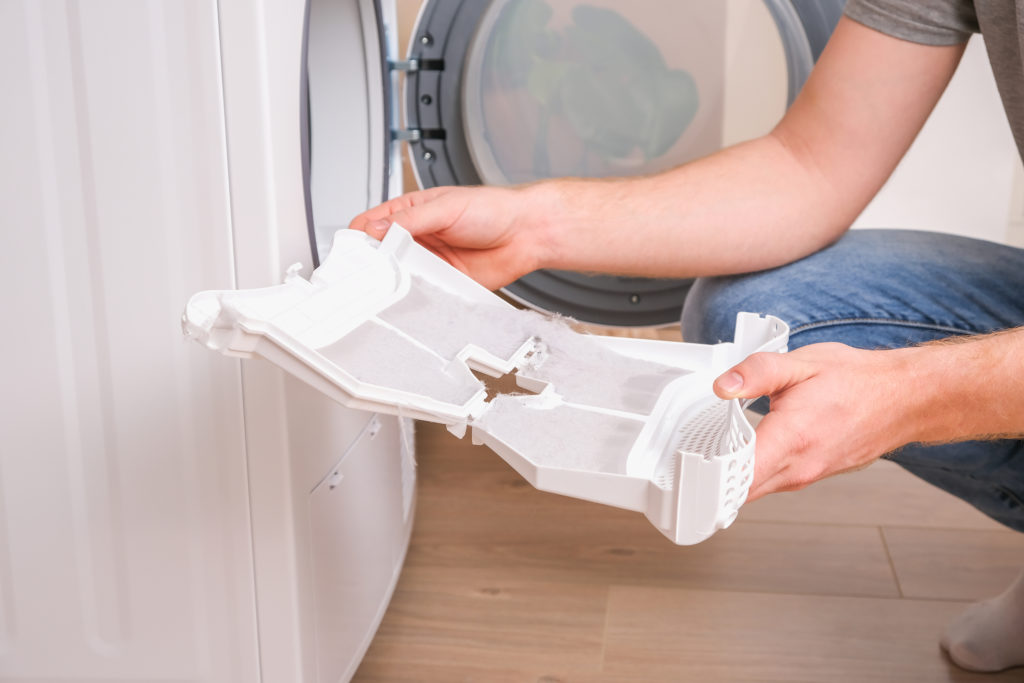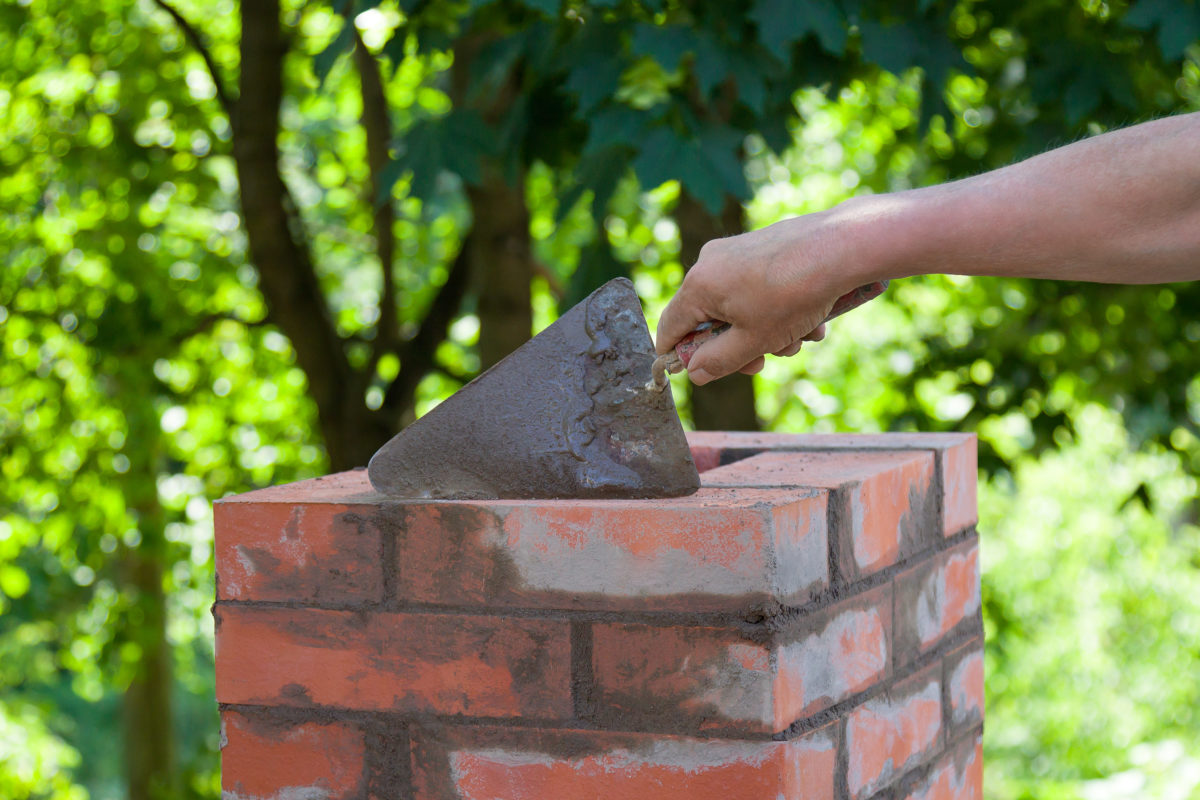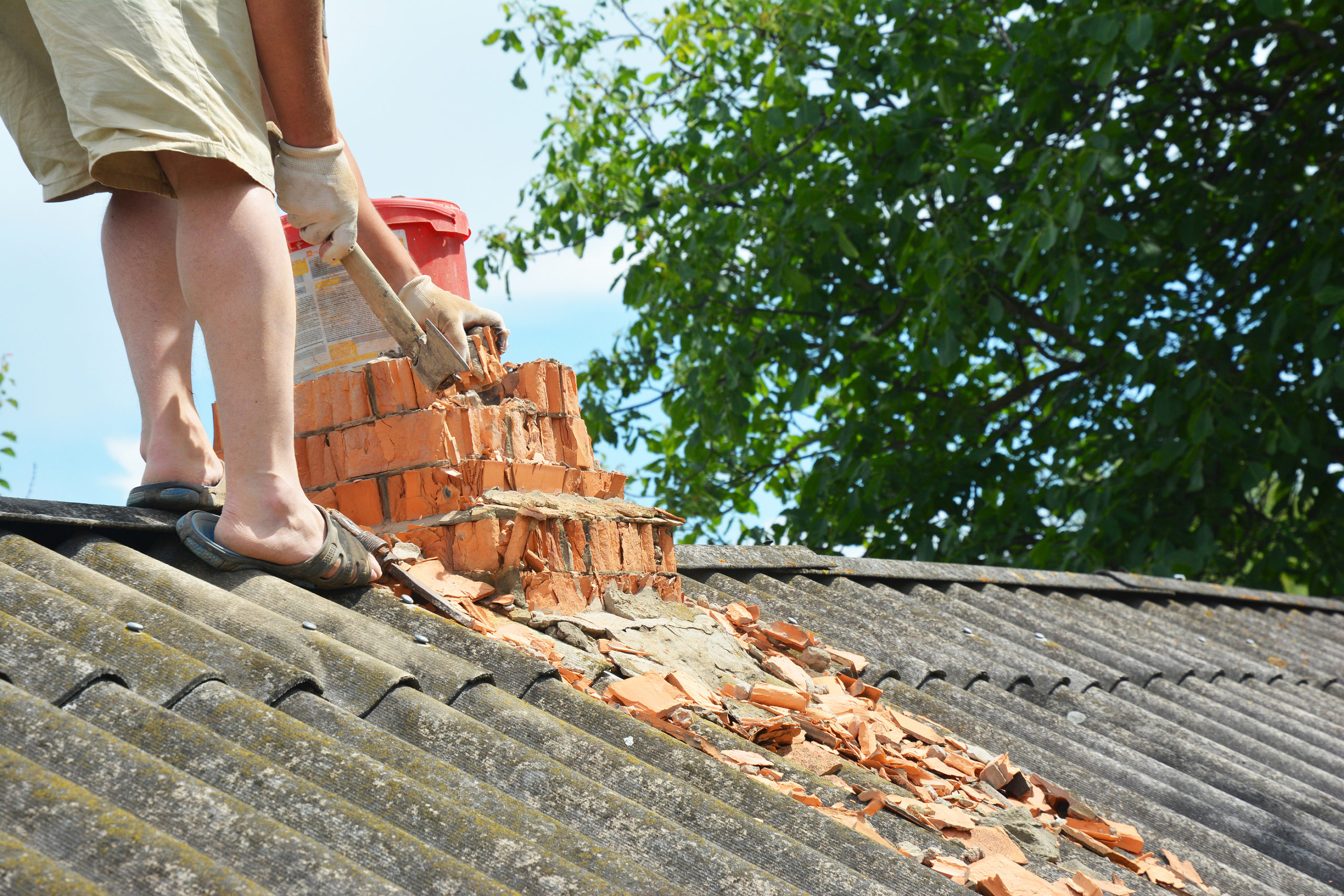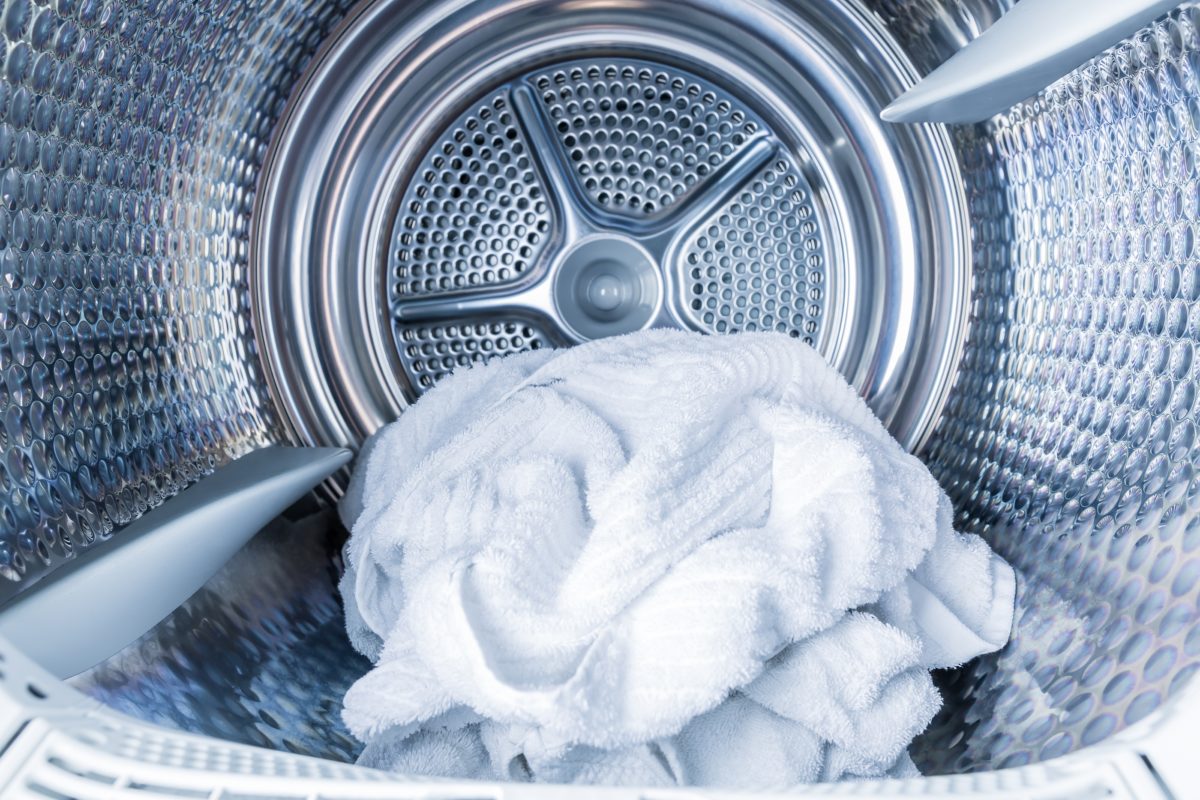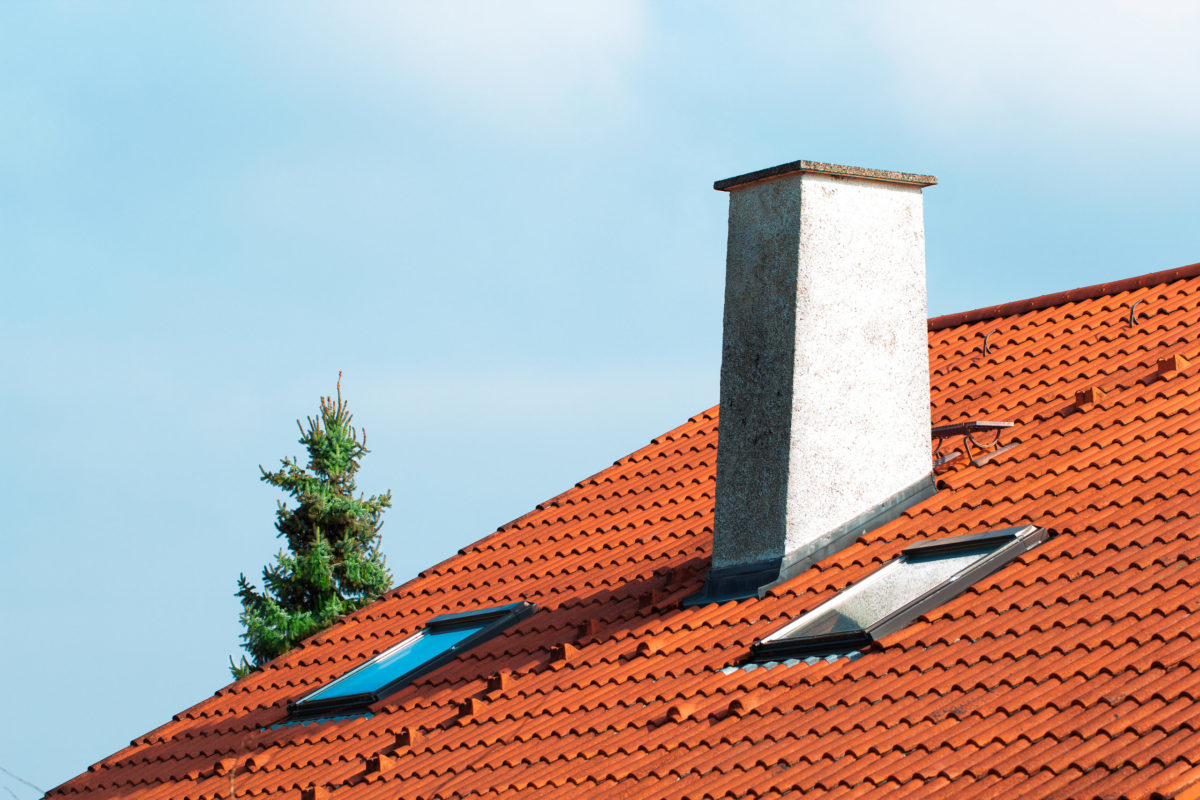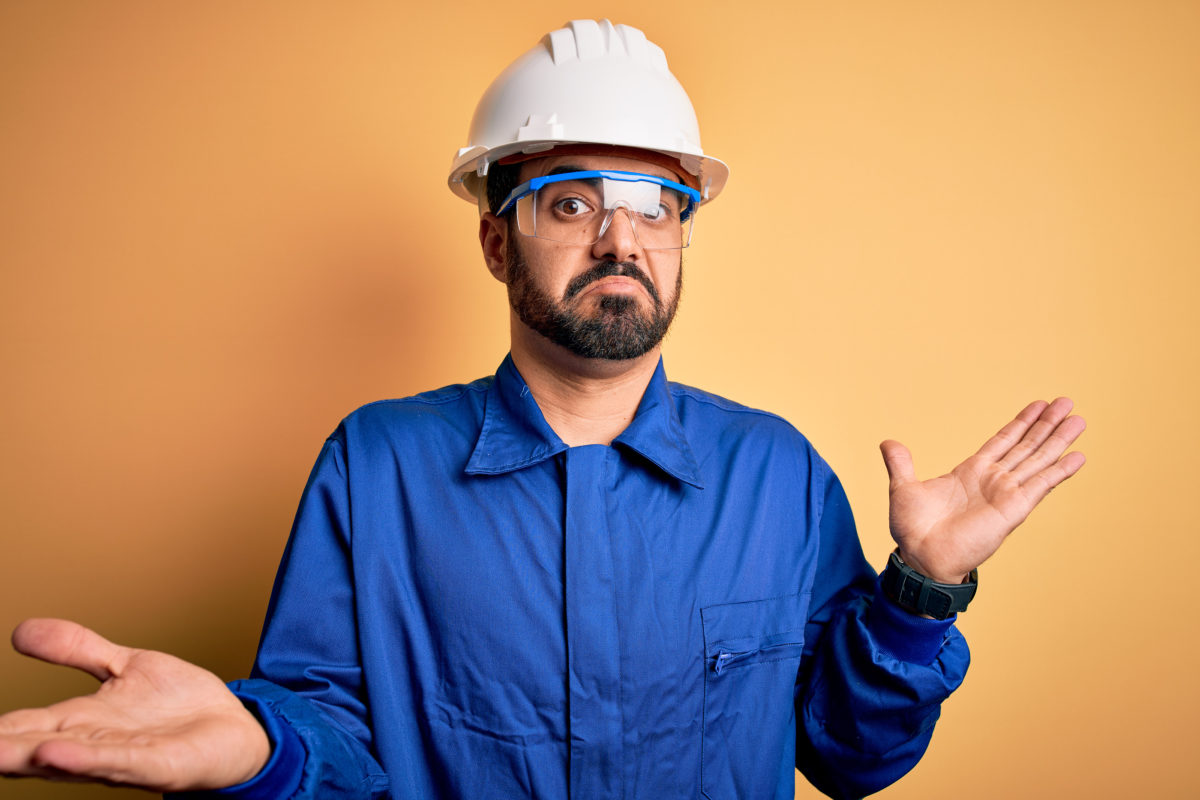The 13 Things Professional Chimney Sweeps Want You To Know
Think you can clean your own chimney? Think again! Professional chimney sweeps have seen it all, and we’ve collected that wisdom and put it in a neat list format for our latest article. Here are 13 things professional chimney sweeps wish you knew – and why you should always hire us for the job!
- Creosote buildup is dangerous!!!
Creosote is a substance that forms when anything is burned, especially wood and manufactured logs. Creosote will build up in the chimney without you realizing it. If the creosote isn’t removed, it will become a fire hazard. That’s why it’s so important to have the chimney cleaned regularly by a professional.
- We have specialized tools
Professional chimney sweeps have brushes and vacuums designed specifically for cleaning out chimneys. Specialized equipment helps ensure that all the soot and ash are removed – something that’s crucial to preventing fires.
- Chimney sweeping is a vital part of home maintenance
Many people think of chimney sweeping as something that’s only done occasionally, but the truth is that it’s an essential part of regular home maintenance. Sweeping the chimney helps prevent a build-up of creosote, which can cause fires. The chimney should be inspected and cleaned at least once a year – more often if it’s used frequently.
- It’s more complicated than Mary Poppins makes it look!
Chimney sweeping may look easy in movies like Mary Poppins, but the truth is that it’s a tough job. It requires a lot of physical strength and stamina, as well as experience, knowledge, and specialized tools. That’s why it’s always best to leave it to the trained professionals.
- We know how to spot problems
One of the advantages of hiring a professional chimney sweep is that we know how to spot problems. We can identify issues such as cracks in the flue or blockages that could cause fires. This means we can fix the problem before it becomes a dangerous hazard.
- A dirty chimney can cause respiratory problems for our families
Soot and ash aren’t good for our lungs, and a dirty chimney can cause respiratory problems for our families. This is especially true if anyone in the family suffers from asthma or allergies. A professional chimney sweep will ensure that the chimney is clean and safe!
- A properly functioning chimney will help keep our home warm and save money on heating costs
If the chimney is blocked or has cracks, it won’t draw air correctly. There will always be air turnover, as this is how fire is fueled. The home can be harder to heat if the fireplace and chimney are functioning correctly, which then costs more money in heating bills. A professional chimney sweep can help ensure that the chimney is working properly, saving money in the long run.
- We can save time and reduce hassle
Cleaning a chimney is a time-consuming job that most people simply don’t have the time for. Hiring a professional chimney sweep will save hassle and ensure that the job is done right.
- Wood-burning stoves need to be inspected and cleaned regularly, too!
It’s essential to have a wood-burning stove or insert inspected and cleaned regularly. This is because the chimney, chimney connector, and liner can become blocked with soot, which can be a fire hazard. A professional chimney sweep can clean the wood-burning stove or insert and make sure it’s safe to use.
- Chimney sweeps can help with other types of fireplace maintenance
Chimney sweeps can also help with different kinds of fireplace maintenance, such as relining the chimney or repairing damage. Have peace of mind that the fireplace is safe to use all year round!
- Call a chimney sweep before there’s a problem
Be proactive – the damage has already happened by the time a problem is noticed. It’s never too late to call a professional; it may just cost more. By then, the damage may have already been done – and it could be dangerous. That’s why it’s crucial to have the chimney cleaned regularly, even if there’s no apparent problem.
12. We carry insurance – just in case
Double-check that the professional chimney sweep carries insurance just in case something goes wrong. It’s good to be protected in the event of an accident!
13. We’re here to help – please call us
Feel free to call us any time. We’ll be happy to answer any questions and help in making the best decision for a home.
9 Frequently asked questions:
- Is the fireplace used regularly?
- Is there soot or creosote buildup on the inside of the chimney?
- Are there cracks or blockages in the flue?
- What’s a flue?
- Are there respiratory problems or allergies issues in the household?
- Is there a wood-burning stove?
- Is other fireplace maintenance needed?
- Are there water leaks or moisture in or around the fireplace fascia?
- Does the house smell like a chimney after using it?
If you answered yes to any of these questions, it’s time to call a professional chimney sweep. We can help keep the home safe and save money in the long run. Contact us today to schedule a consultation.
At The Irish Sweep, we always adhere to the highest safety standards. We are licensed and insured Bay Area chimney cleaners professionals who have been serving the area since 1979. If you need a chimney sweep, dryer vent cleaning, or other home services, call us today! Schedule our chimney sweep or inspection services today to enjoy a safe fireplace and chimney all year long.

